Photo:Stock Photosfrom Vadim Zakharishchev/ShutterstockThis post may contain affiliate links.
If you make a purchase, My Modern Met may earn an affiliate commission.
hey readour disclosurefor more info.
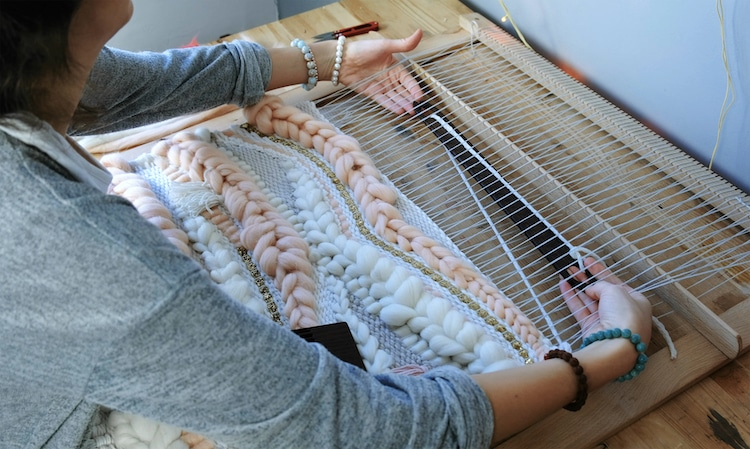
Photo:Stock Photosfrom Vadim Zakharishchev/ShutterstockThis post may contain affiliate links. If you make a purchase, My Modern Met may earn an affiliate commission. Please readour disclosurefor more info.
Crafts can be a form of meditation.
The gentle motion is soothing, and best of all, its easy for you to try yourself.
The two most important terms to know in weaving are thewarpand theweft.

An early 19th-century Japanese loom (Photo:en:Yanagawa Shigenobu, Public domain, via Wikimedia Commons)
The warp is longitude threads that are held in place via a loom.
Weaving has a long tradition in human culture and has been around since at least the paleolithic era.
As the tradition of weaving carried on, so did its innovations.
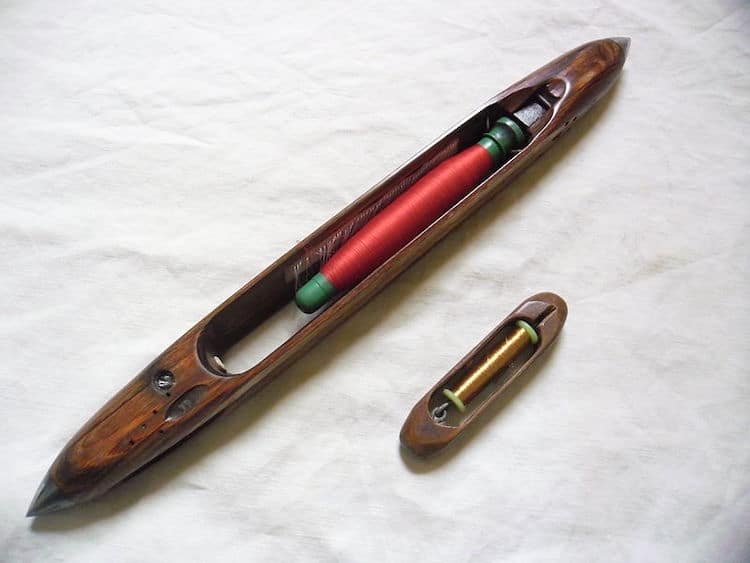
Weaving shuttles (Photo:Surya Prakash.S.A.,CC BY-SA 3.0, via Wikimedia Commons)
The Industrial Revolution made weaving even more efficient.
In 1733, John Kay invented the machine loom with a flying shuttle.
This allowed for one person to weave wider fabrics as well as faster.
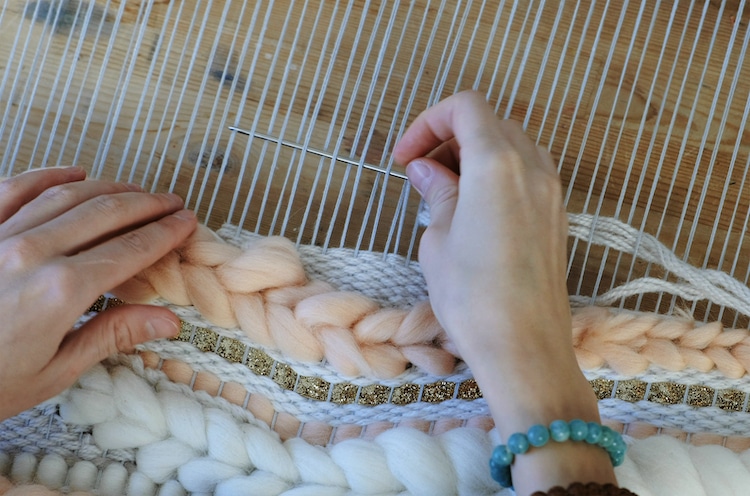
Photo:Stock Photosfrom Vadim Zakharishchev/Shutterstock
Photo:Stock Photosfrom Vadim Zakharishchev/Shutterstock
Weaving has a very practical purpose: to make textiles.
But withBauhaus, the design movement aimed to elevate weaving from a craft into art.
The effect was profound.
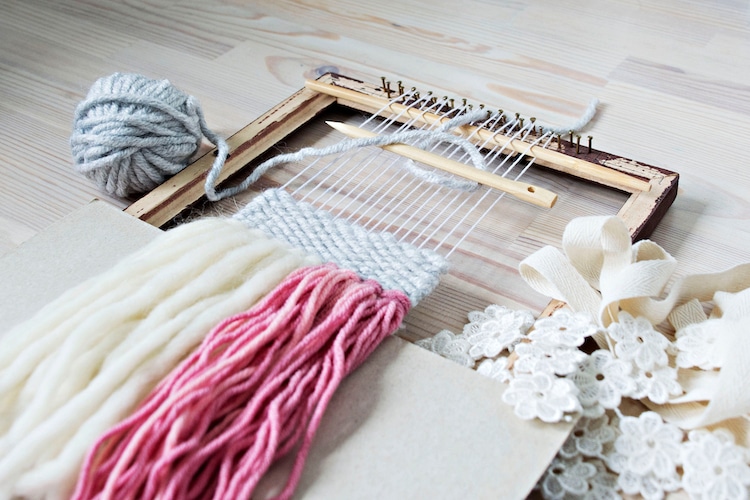
Photo:Stock Photosfrom Maryana Volkova/Shutterstock
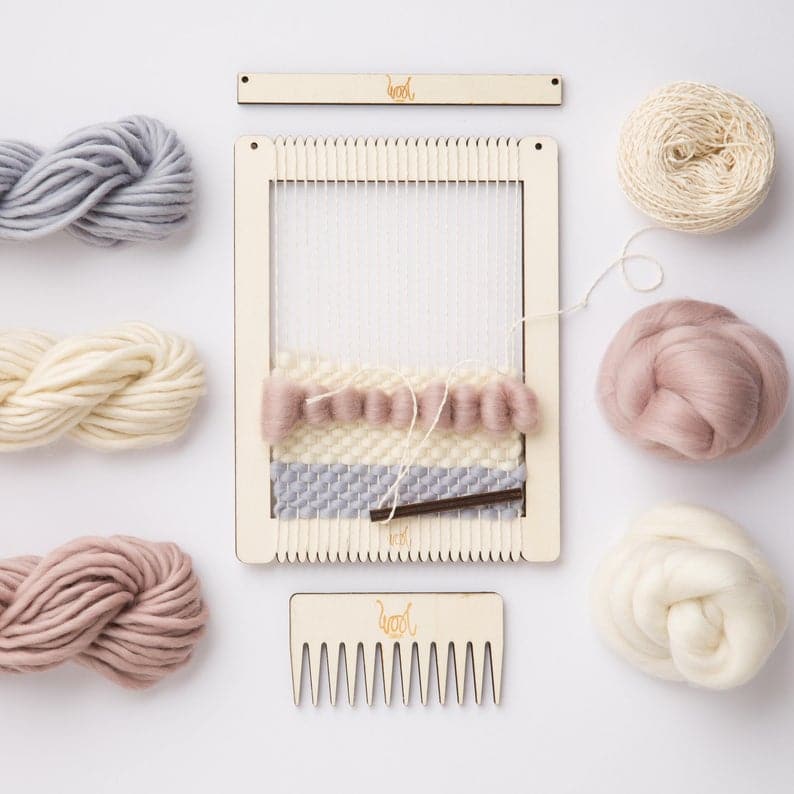
Wool Couture| $21.75+
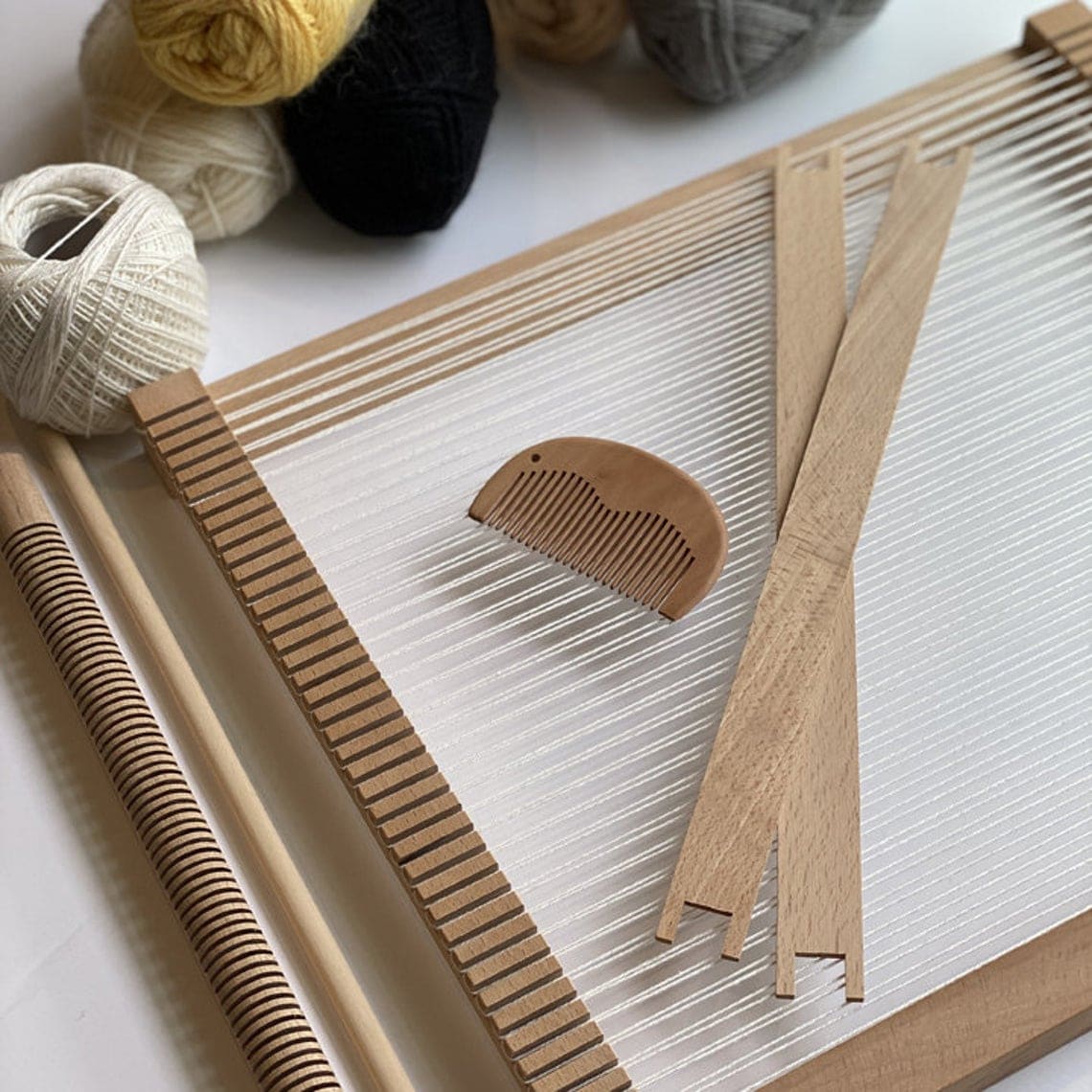
Craft Boutique NYC| $52
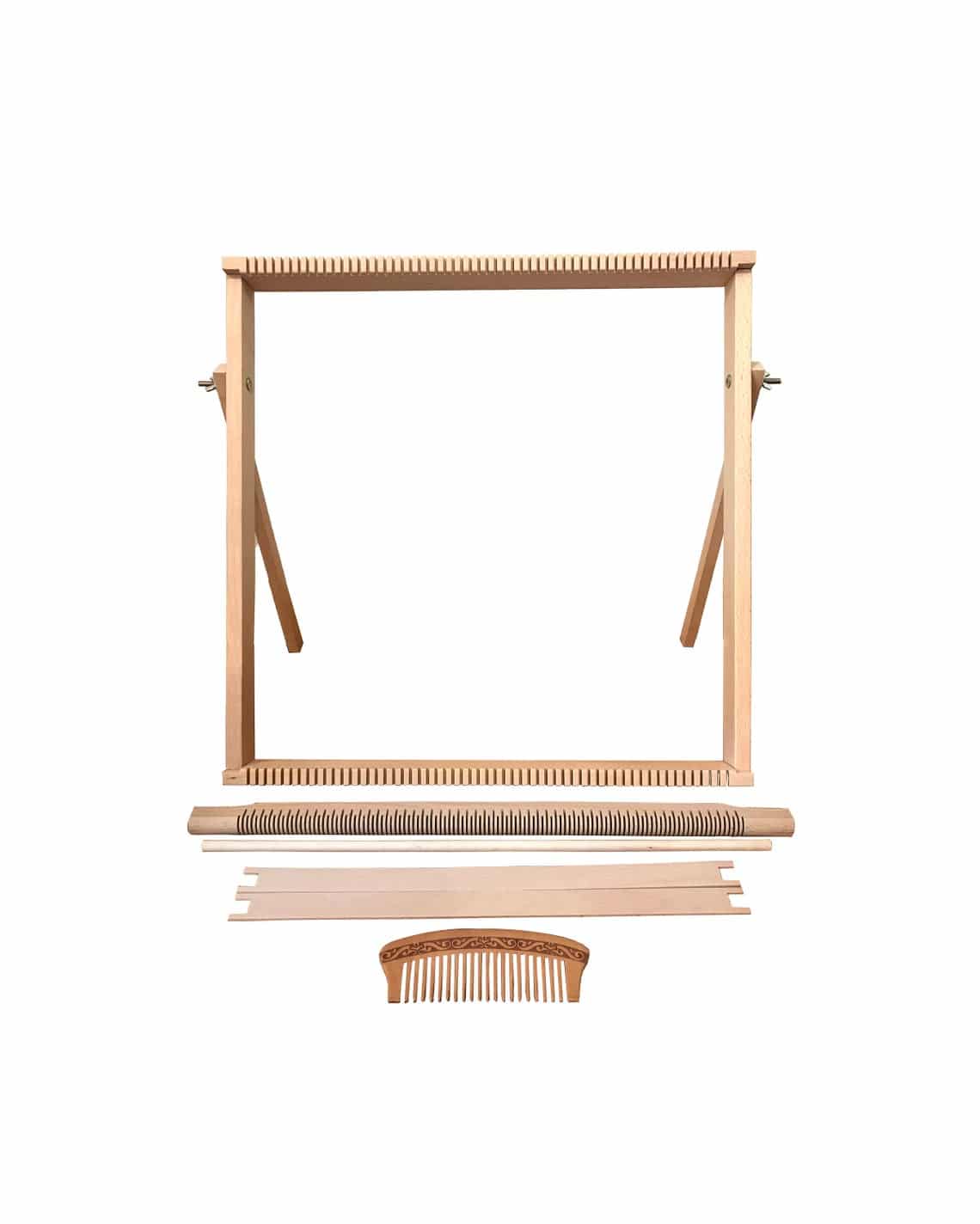
Craft Boutique NYC| $64+
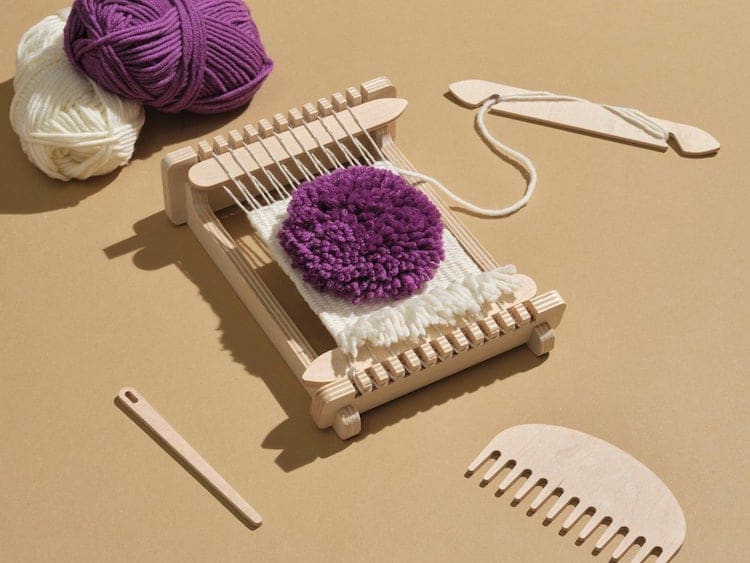
Imaginary Friends| $44.14
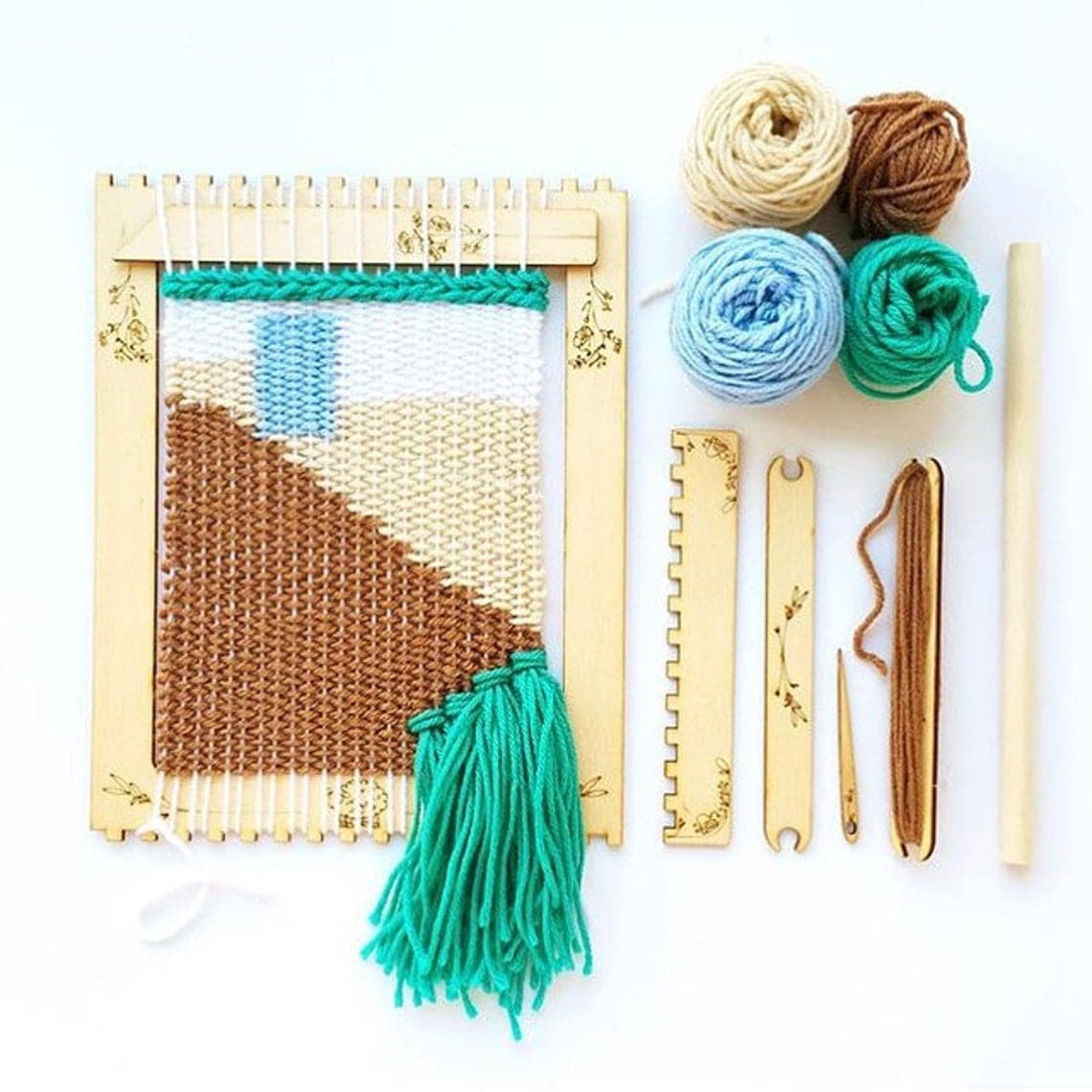
Black Sheep Goods| $37
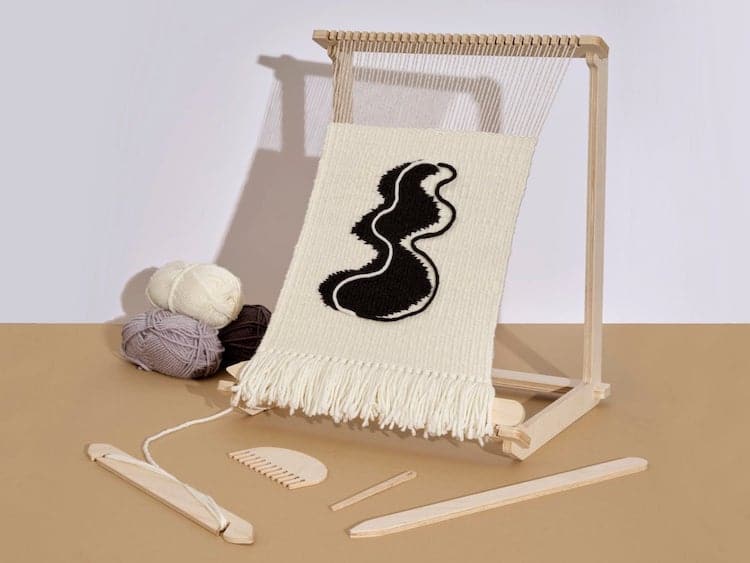
Imaginary Friend| $98.37
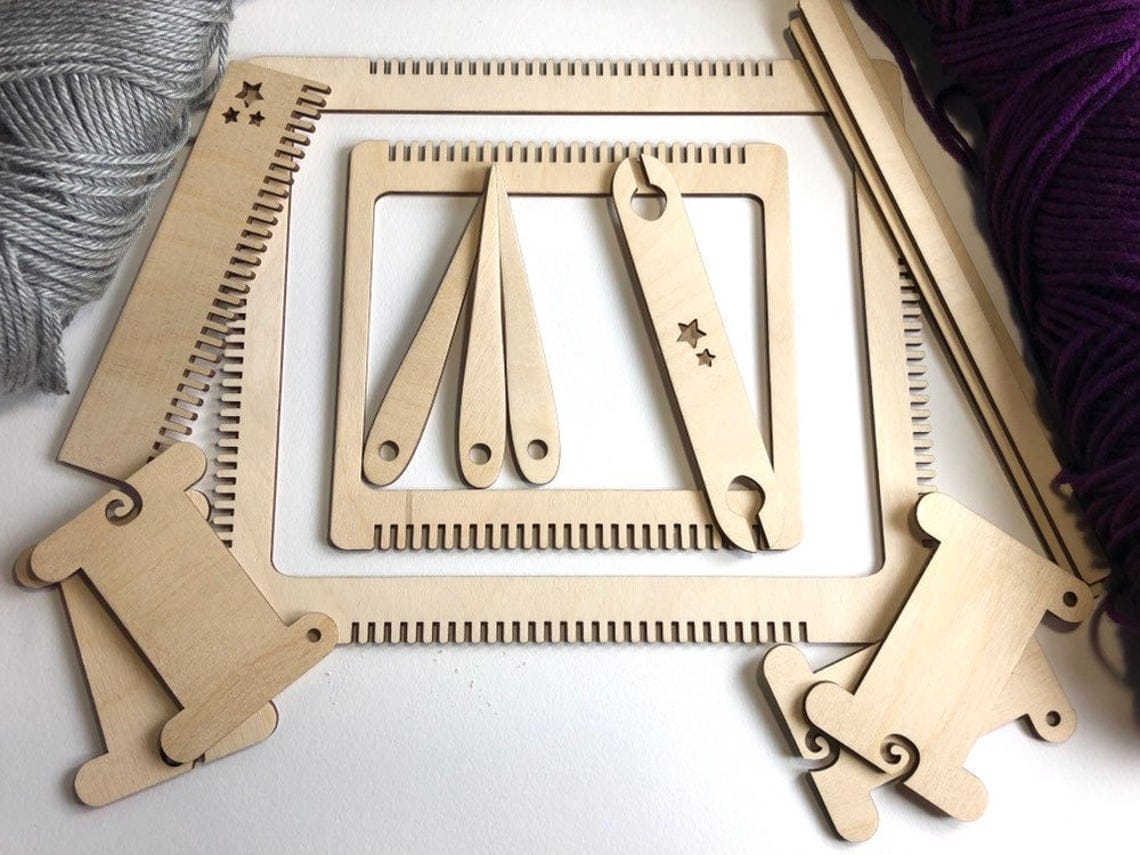
Raven King Crafts| $20+
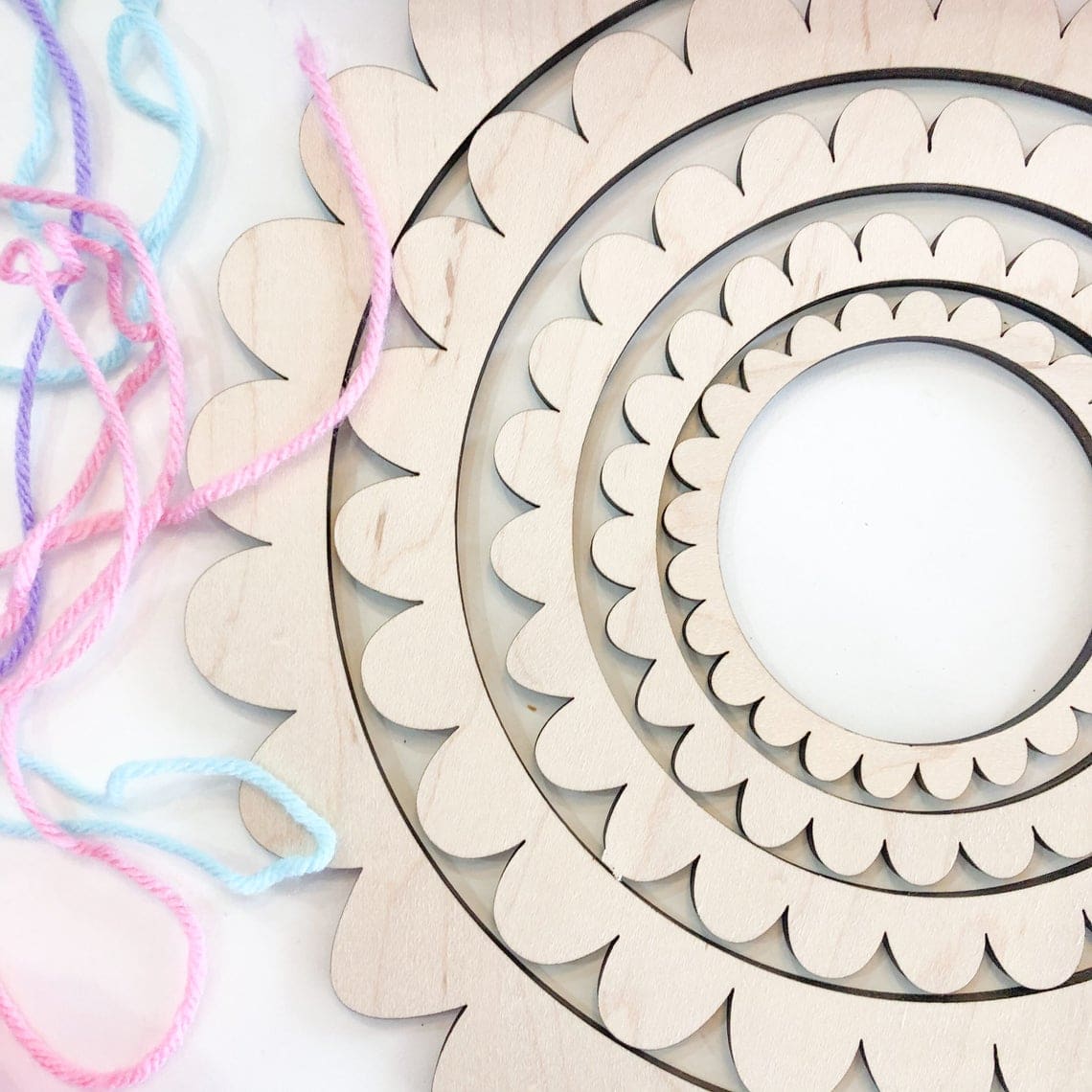
Avtr Fabrics| $34.99